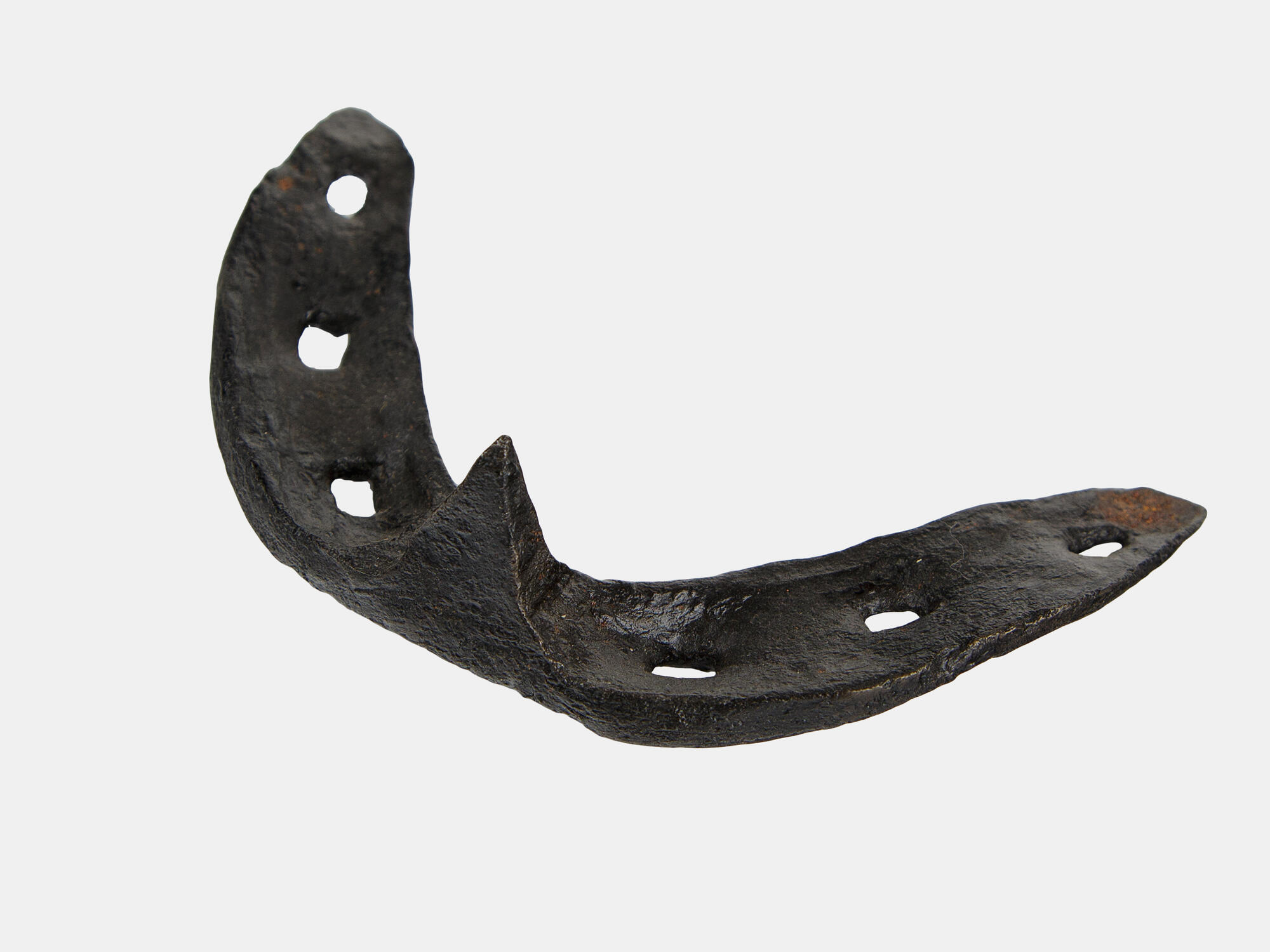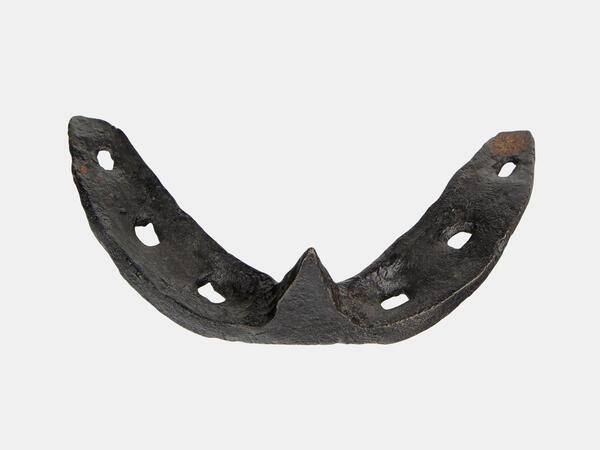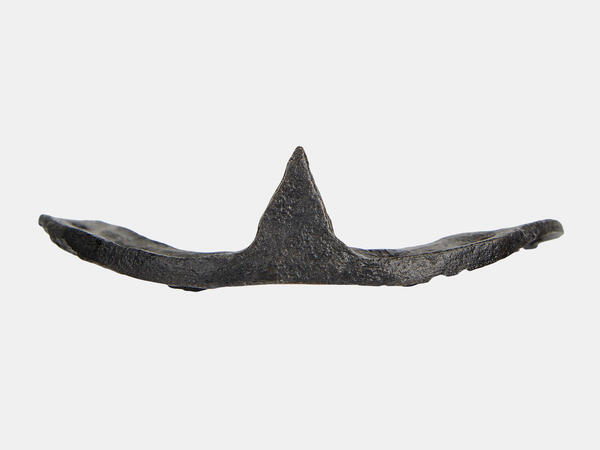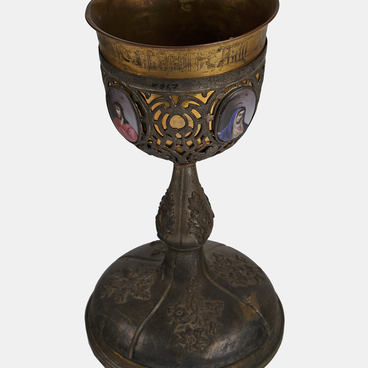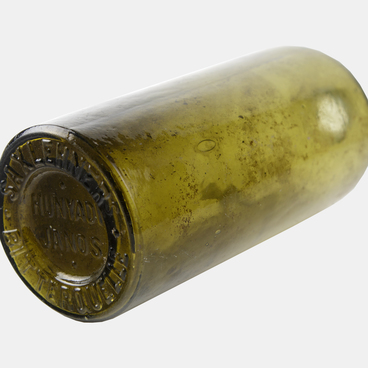A horseshoe is a U-shaped piece of metal to be attached to the hooves of horses, oxen, mules, and donkeys. It protects the hooves from wear, slipping and damage on hard ground. Horseshoes are nailed to the hoof with special flat nails. Horses need to be shoed once or twice a year, and if done correctly, it does not cause any pain to the animal.
Using classical techniques, the farrier adjusts a red-hot horseshoe to the shape of the hoof, cleans the keratinized part of the hoof with a special knife and applies the horseshoe so tightly that all the irregularities are burned out. If the horseshoe does not fit tightly, it will only cause harm. The farrier drives nails through the part of the hoof, and their ends are bent onto the horseshoe.
In Russia, horseshoes of this type appeared in the 16th century, and at the state level, forging began to develop after the decree of Tsar Peter I of 1715: “In Moscow and the governorates, find good blacksmiths, take two people to each governorate and order them to teach blacksmithing to Russians.” Soon a farrier school was opened near Moscow — it was the first in Europe.
Previously, horseshoes were woven from bast, reed and leather to protect the hooves. They were secured above the hoof with ropes and belts, which caused severe damage to the hide. Also, the sides under the seams of the hooves were covered with resin, but this was not reliable protection.
Antique metal hoof plates were made with hooks, bows, and rings to secure them to the horse’s leg — they were called hipposandals. Around the 3rd century AD, the Romans began nailing horseshoes to the hooves. Today, the Horseshoe Museum in the Czech city of Brno displays more than 2,000 varieties of these products from all over the world.
Many peoples considered finding a horseshoe on the road a good sign and nailing it over the door was a sure sign of happiness. “May your threshold never lose its horseshoe!” — the British wished their friends. According to their tradition, the horseshoe should hang with the ends up, while in Russian villages they were usually nailed over the door with the ends down.
A typical example of believing in the power of a horseshoe is the dialogue between academician Ivan Petrovich Pavlov and Niels Bohr — both had horseshoes nailed above their doors. When asked if they believed that a horseshoe brings good luck, each of them answered:
